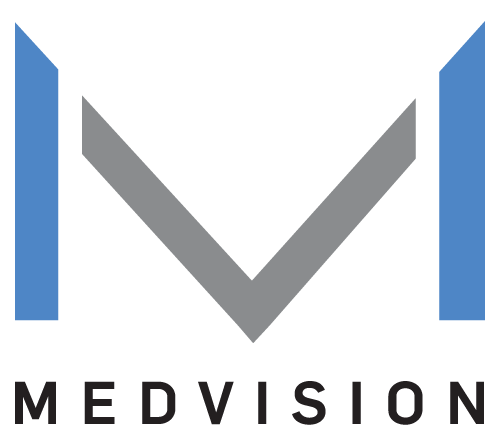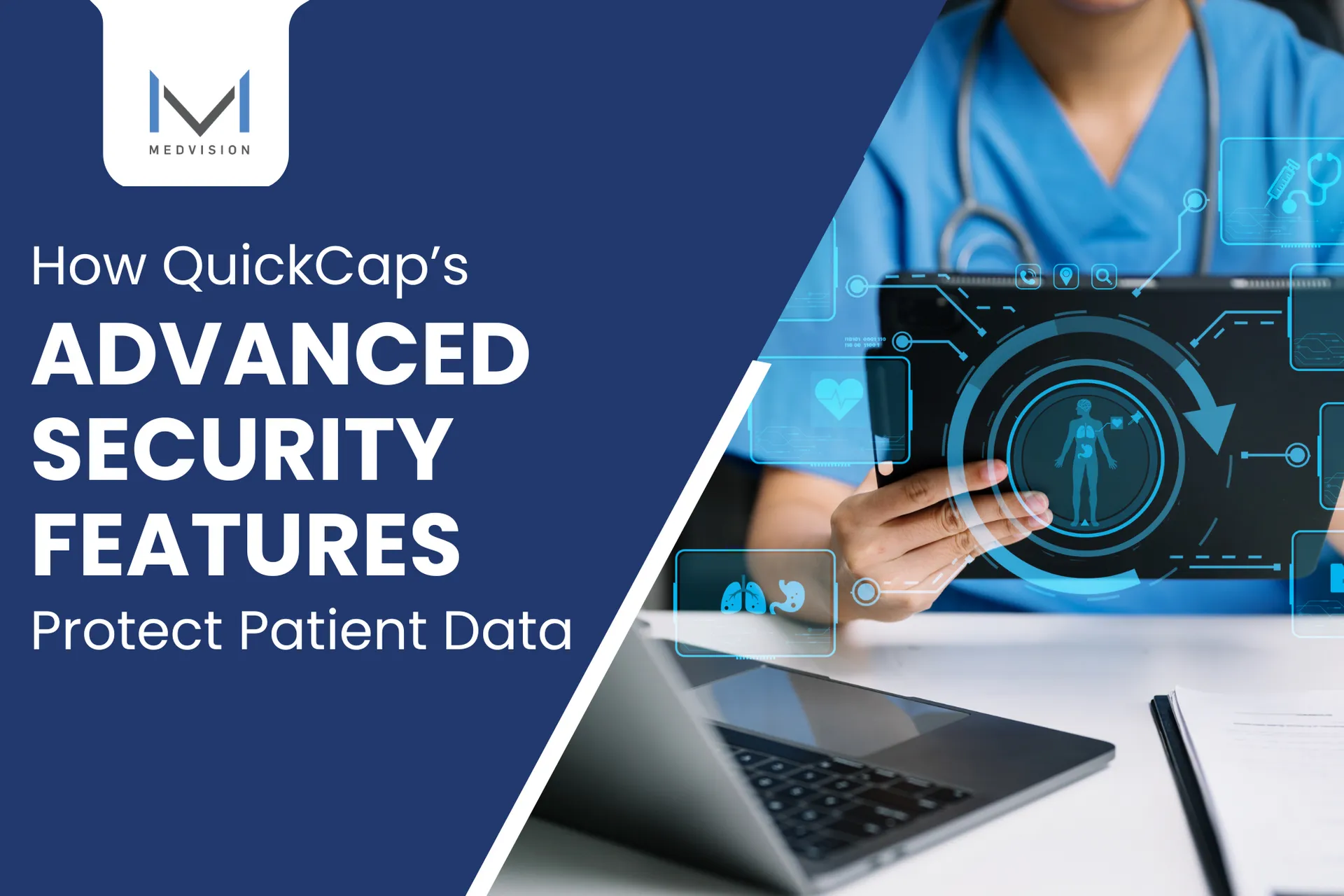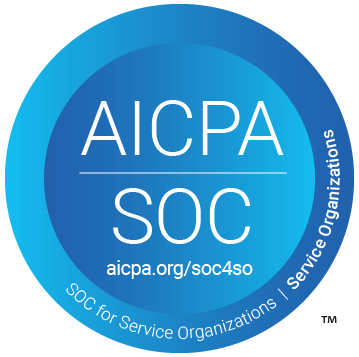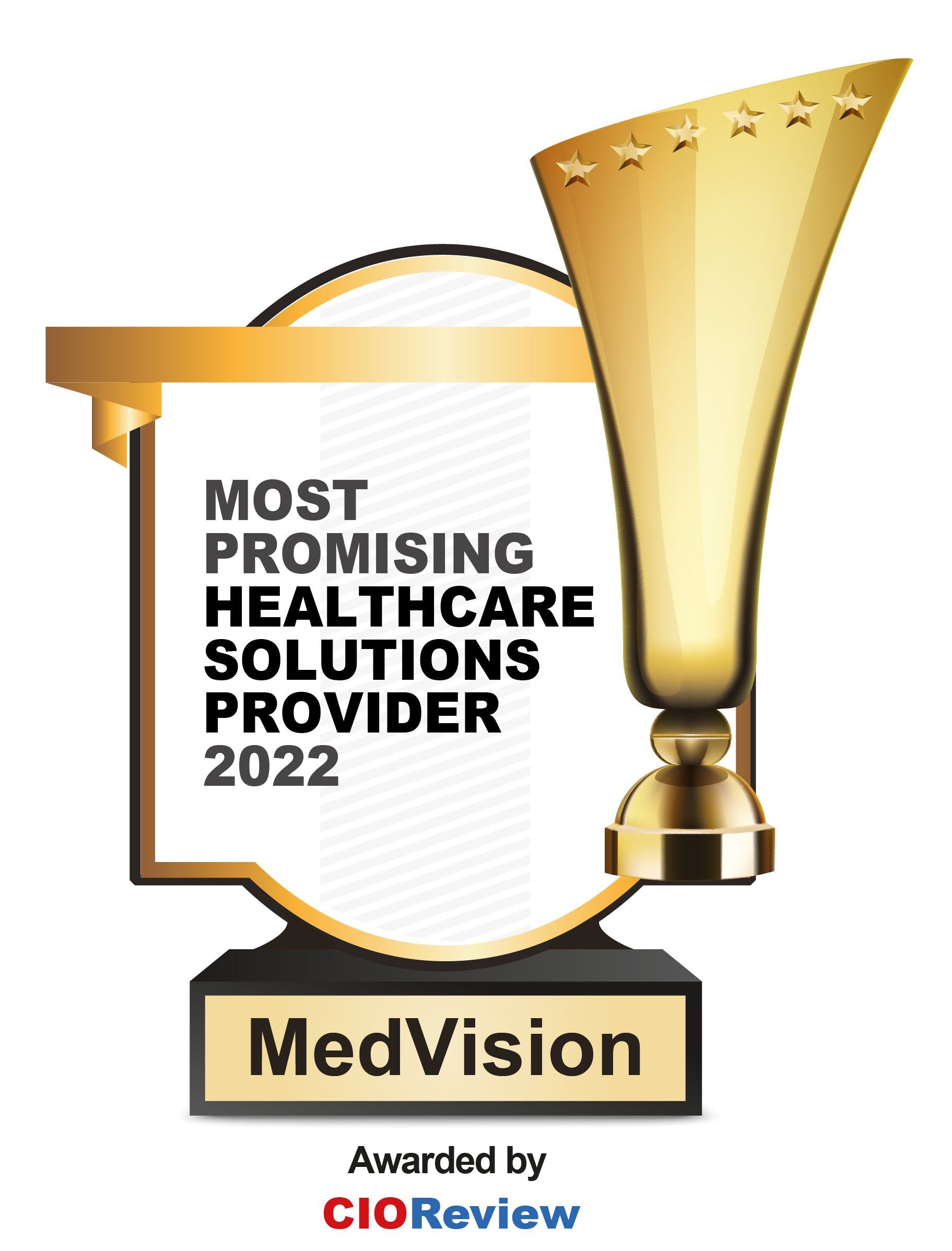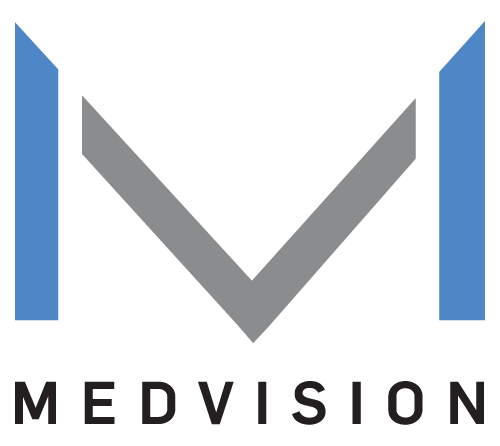Future-Proofing Healthcare: Why BPaaS Could Be Your Next Move
In an era of unprecedented healthcare evolution, is your organization equipped to lead with innovation?
Providers must continuously improve to adapt, prepare, and stay relevant—a process known as future-proofing. One of the most promising ways to future-proof healthcare operations is through Business Process as a Service (BPaaS).
BPaaS is an innovative approach that allows healthcare providers to outsource and automate their business processes using cloud-based services. This reduces costs while increasing efficiency and scalability.
At MedVision, we understand the importance of staying ahead of the curve. Our BPaaS platform, QuickCap, streamlines healthcare operations, improves patient engagement and reduces administrative burdens, ensuring healthcare providers are well-prepared for the future.
Unlock the Ideal Solution for Your Organization
[Discover More About QuickCap]
What is BPaaS
Business Process as a Service (BPaaS) is a cloud-based model that allows healthcare providers to outsource and automate their business processes. It integrates various business functions into a unified platform. Among its unique features are:
- Scalability: Easily scale operations up or down based on demand.
- Flexibility: Adapt quickly to changes in the healthcare environment.
- Cost-Efficiency: Reduce costs associated with IT infrastructure and maintenance.
- Automation: Automate routine administrative tasks to improve efficiency.
- Data Management: Secure and efficient management of patient records and other data.
Traditional approaches differ from BPaaS as they often rely on on-premises infrastructure and manual processes, which can be costly and inefficient. Recent research from 2021 highlights that the US alone spends about
$3.8 trillion on healthcare due to complexities and inefficiencies within its healthcare system.
Here is a detailed comparison between traditional healthcare business models and BPaaS:
| Feature | BPaaS | Traditional Models |
|---|---|---|
| Infrastructure | Cloud-based, minimal on-premises hardware | Heavy reliance on on-premises infrastructure |
| Operational Costs | Lower due to the pay-as-you-go model | Higher due to upfront investments and maintenance |
| Process Efficiency | Higher due to automation | Lower, reliant on manual processes |
| Data Security | Centralized, often enhanced with cloud security protocols | Decentralized, varied security measures |
| Implementation Speed | Rapid deployment | Time-consuming custom implementation |
The Current State of Healthcare
The healthcare industry today faces many challenges that complicate the delivery of quality care. Some of the most pressing issues include:
- Rising Costs: Healthcare costs are escalating, imposing financial strain on providers and patients alike. In the US, healthcare expenditures grew by 4.1% in 2022, reaching a staggering $4.4 trillion. If this trend continues, healthcare costs are projected to reach 19.7% of GDP by 2032.
- Administrative Inefficiencies: Many healthcare organizations struggle with outdated administrative processes that lead to delays and increased overhead.
- Data Management: Handling vast amounts of patient data securely and efficiently remains a significant hurdle.
- Regulatory Compliance: Constantly evolving regulations require healthcare providers to adapt their organization continually, which can be time-consuming and costly.
- Patient Expectations: Patients now expect faster, more personalized care, adding to the pressure on healthcare systems to perform efficiently.
Incorporating BPaaS can help healthcare providers overcome current challenges and create a more efficient and effective healthcare system, making it a strategic move for future-proofing healthcare operations.
BPaaS Benefits and Challenges
Implementing BPaaS in healthcare offers numerous advantages that extend beyond its core features. Here are some key benefits:
- Enhanced Patient Experience: BPaaS streamlines administrative tasks, allowing healthcare providers to spend more time on patient care and improving overall patient satisfaction.
- Reduced Operational Costs: By automating processes and leveraging cloud infrastructure, BPaaS helps healthcare providers reduce unnecessary expenses.
- Improved Compliance: BPaaS healthcare solutions are designed to stay updated with regulatory changes, helping providers maintain compliance with evolving healthcare regulations.
- Better Resource Allocation: Automated and efficient processes can allocate staff more effectively, ensuring that critical areas receive attention.
- Increased Innovation: BPaaS enables healthcare providers to adopt new technologies quickly, fostering a culture of innovation and continuous improvement.
While BPaaS sounds transformative, it comes with its own challenges:
- Resistance to Change: Staff may be hesitant to adopt new systems. To gain buy-in, overcome this by providing comprehensive training and demonstrating the benefits
- Data Security Concerns: Ensuring patient data is protected can be a challenge. Implement robust security measures and ensure compliance with healthcare regulations to address this.
- Integration Issues: BPaaS may need to work with existing systems. Choose a BPaaS provider with robust integration capabilities and provide technical support to facilitate this process.
- Cost of Implementation: Initial setup costs can be high. To justify the investment, demonstrate long-term cost savings and ROI.
- Scalability Problems: As your organization grows, the BPaaS solution must scale accordingly. Select a flexible and scalable BPaaS platform that can grow with your organization.
By embracing its benefits and proactively addressing its associated challenges, BPaaS can significantly enhance healthcare providers’ efficiency, compliance, and overall performance, making it the smart choice to make.
Steps to Implement BPaaS in Your Healthcare Organization
Implementing BPaaS can revolutionize healthcare operations, enhancing efficiency and patient care. Follow these essential steps to ensure a smooth and successful implementation:
- Assess Current Processes: Evaluate existing workflows to pinpoint inefficiencies and areas for improvement.
- Define Goals: Clearly outline what you aim to achieve with BPaaS.
- Choose a Provider: Research and compare BPaaS providers based on their healthcare experience, security measures, regulatory compliance, and support services.
- Develop a Deployment Plan: Create a detailed roadmap outlining timelines and milestones for implementing BPaaS, from initial setup to full integration.
- Engage Stakeholders: Involve key stakeholders early on to ensure alignment with organizational goals and secure buy-in for the project.
- Manage Change: Prepare for the transition by addressing potential resistance and developing strategies to facilitate the smooth adoption of BPaaS.
- Monitor Progress: Implement BPaaS according to your plan and continuously monitor performance to make necessary adjustments.
Success hinges on a well-planned, collaborative approach that fits your organization's needs. These steps empower healthcare providers to implement BPaaS effectively, harnessing its transformative potential for current challenges and future growth.
The Ideal BPaaS Solution For Your Organization

To get the most bang for your buck, you should select a BPaaS provider that prioritizes you and your organization. At MedVision, we're dedicated to empowering healthcare providers with innovative solutions that drive success in an ever-evolving landscape.
Our commitment to excellence has led us to develop QuickCap. This comprehensive BPaaS platform follows
value-based care models, making it suitable for various healthcare administration programs and organizations. It helps streamline administrative tasks, enhance patient engagement, and reduce costs. With QuickCap, you can:
- Streamlined Claims Processing Software: Automate claims procurement, adjudication, payment, and distribution for seamless reimbursement.
- Optimize Referrals Processing: Simplify authorization processes based on recognized medical criteria, ensuring timely and effective referrals.
- Enhance Credentialing: Update data accurately and efficiently, ensuring compliance with delegation authority.
With QuickCap, you can transform your healthcare organization into a more efficient, patient-centered, and profitable organization. You can trust that you're partnering with a trusted ally to pursue healthcare excellence.
Embrace the future of healthcare with MedVision and discover how BPaaS can future-proof your organizations, ensuring you are well-equipped to meet current and future challenges.
Embrace the Future with QuickCap
Recently published articles
Keep in touch
Subscribe to get the latest update
Trending topics
Share your insights on social media
Upcoming events and company news

